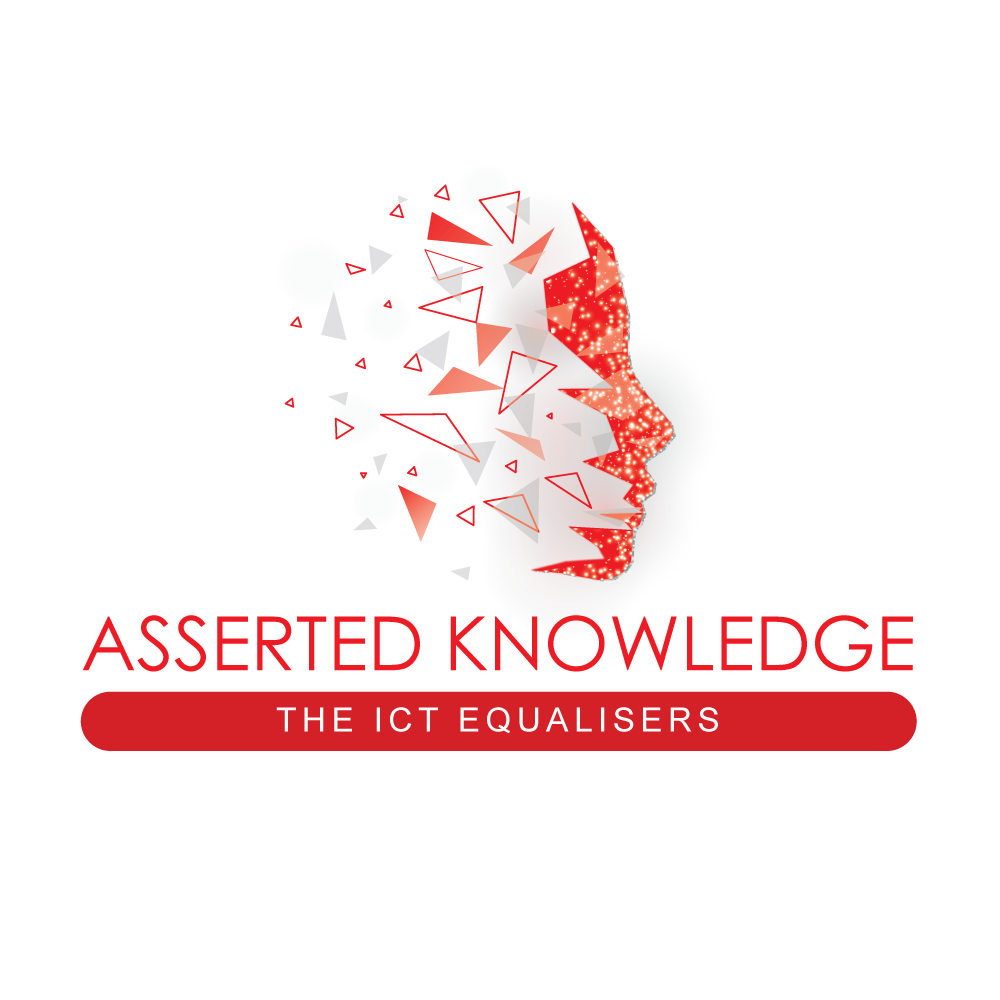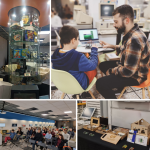Inclusive Education
What is Inclusive Education?
…and why is it important?
Inclusive education entails that all students are equally supported to study, contribute and participate in all aspects of school life. This means that they have also equal opportunities and access to education, attending and being accepted by their school communities to age-appropriate normal courses.
That being said, inclusive education refers to how we manage and develop our school systems, classes, programs, curricula and activities with a view to establish that all children can learn and participate in the same manner. This will be achieved by efficiently fulfilling students’ diverse needs in an encouraging, responsive, welcoming and supporting way. The goal is to banish any hurdles and impediments that put them at risk of exclusion.
Inclusive education occurs in a shared learning environment, namely a classroom where students from different backgrounds and with different needs and abilities learn together in an open environment.
However, not only a traditional classroom constitutes a welcoming venue for inclusive education; Libraries, music rooms, gyms, performance theatres, playgrounds or even cafeterias alongside the local community are also examples of shared learning environments, where students can constructively spend the bulk of their normal instructional hours. More importantly, students with intellectual impairments or other special needs do not study isolated from their peers when it comes to such environments.
Ordinary learning standards that work:
- Give students the flexibility to get fully involved in a shared learning environment in the educational setting of their preference;
- Keep the environment pleasant and fruitful by triggering a sense of belonging and ensuring the personal, social, emotional and intellectual growth of all students;
- Provide support and use student-centered teaching methods that are based on individual learning needs.
What do WE offer?
In order to support teachers and educators to adopt an inclusivity-oriented mindset in their teaching, we provide solutions that are based on Universal Design principles.
In our case, Universal Design refers to the design and development of a virtual learning environment that is open, equally accessed, understood and used to its maximum potential by all students and instructors regardless of their background, age, abilities or disabilities. The key principles of this approach are:
- Equitable use
- Flexibility in use
- Simple and user-friendly use
- Comprehensive information
- Tolerance for error
- Low physical effort
- Size and space for approach and use
By all means, our goal is to develop inclusive content and environments through tools which guide educators on how they can create student-centered content themselves according to the diverse learning needs of their students.
Our tools come to deliver inclusive learning objects to students by taking into account and practically ‘integrating’ their preferences or constraints. Those are seized in the learner’s profiles and present the learning content in a coherent way.
To achieve this, our delivery system (‘Learning Object Sequencer’) is designed and developed based on open-source standards and on
The actual delivery system (“Learning Object Sequencer”) is developed using open-source standards alongside the shared-control theory establishing that the source code of the software is freely available to users for reference, debugging, modification and extension.
References
Ainscow, M., T.Booth, and A.Dyson. 2006. Improving Schools, Developing Inclusion. [city: London]: Routledge.
Arduin, S.2015. “A Review of the Values that Underpin the Structure of an Education System and Its Approach to Disability and Inclusion.” Oxford Review of Education41 (1): 105–121. doi: https://doi.org/10.1080/03054985.2015.1006614
Armstrong, A., D.Armstrong, and I.Spandagou. 2011. “Inclusion: By Choice or by Chance?” International Journal of Inclusive Education15: 29–39. doi: https://doi.org/10.1080/13603116.2010.496192
European Agency for Special Needs and Inclusive Education. 2014a. Five Key Messages for Inclusive Education. Putting Theory into Practice. [city: Odense]: European Agency for Special Needs and Inclusive Education.
Hardy, I., and S.Woodcock.2015. “Inclusive Education Policies: Discourses of Difference, Diversity and Deficit.” International Journal of Inclusive Education19 (2): 141–164. doi: https://doi.org/10.1080/13603116.2014.908965
Lindsay, G.2007. “Educational Psychology and the Effectiveness of Inclusive Education/Mainstreaming.” British Journal of Educational Psychology77: 1–24. doi: https://doi.org/10.1348/000709906X15688
National Disability Authority, 2019. “What Is Universal Design”, The 7 Principles, retrieved from https://universaldesign.ie/what-is-universal-design/the-7-principles/#p7
Siegel, J. and Soley, R.M. 2008. ‘Open Source and Open Standards: Working Together for Effective Software Development and Distribution”, Technology Innovation Management Review, retrieved from: https://timreview.ca/article/207
- Log in to post comments

